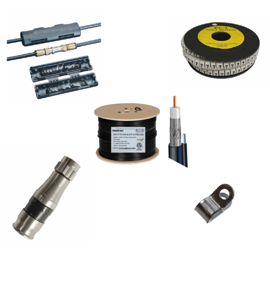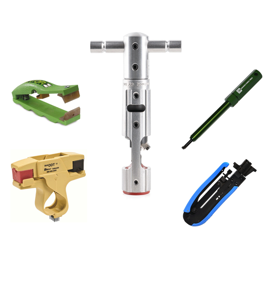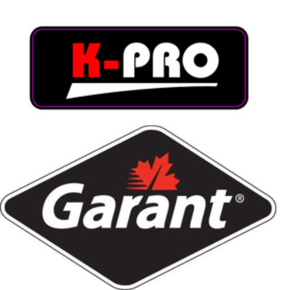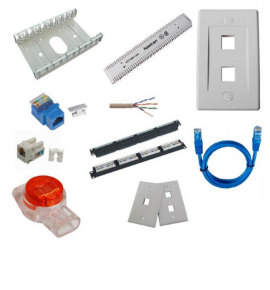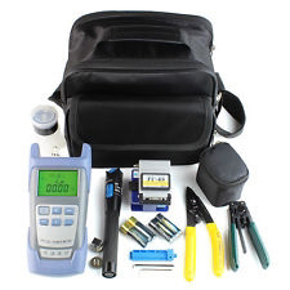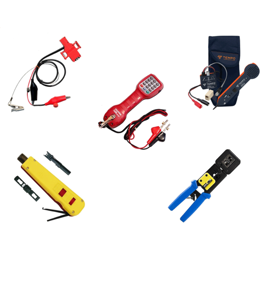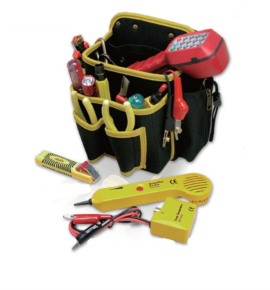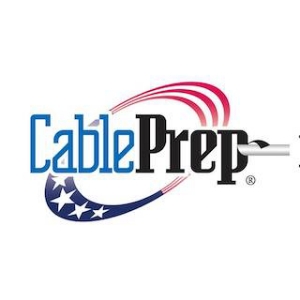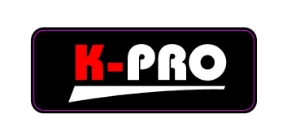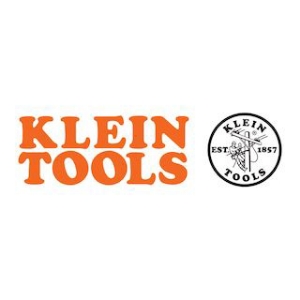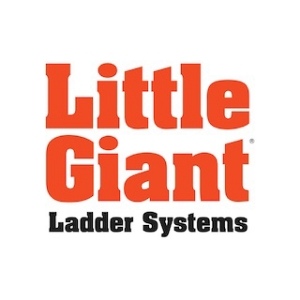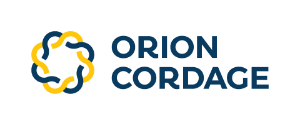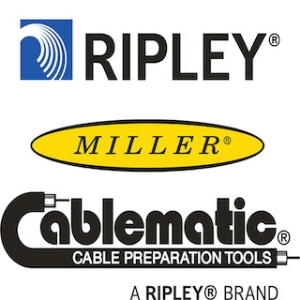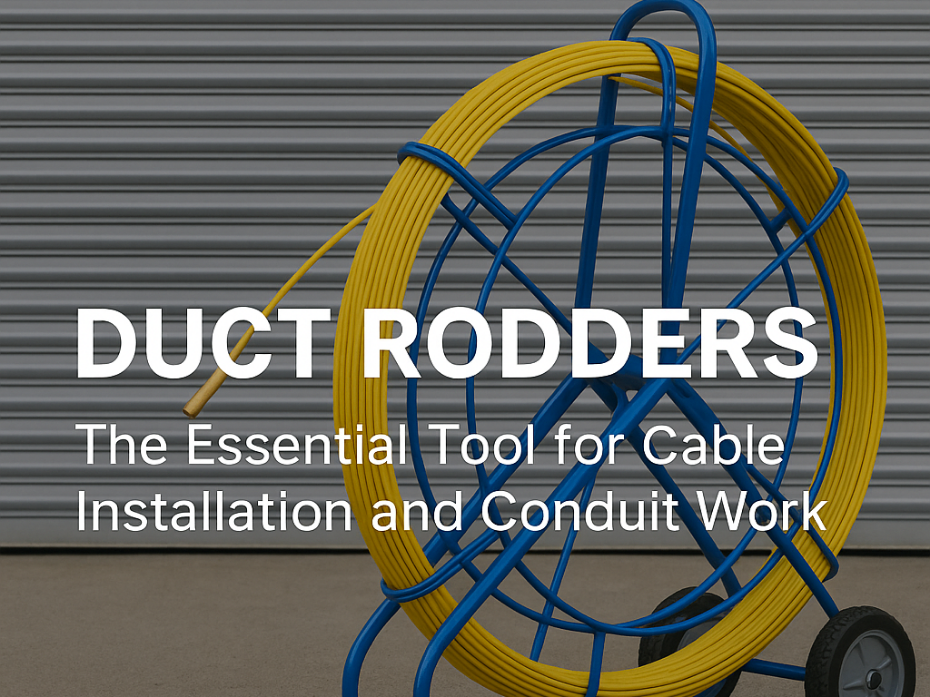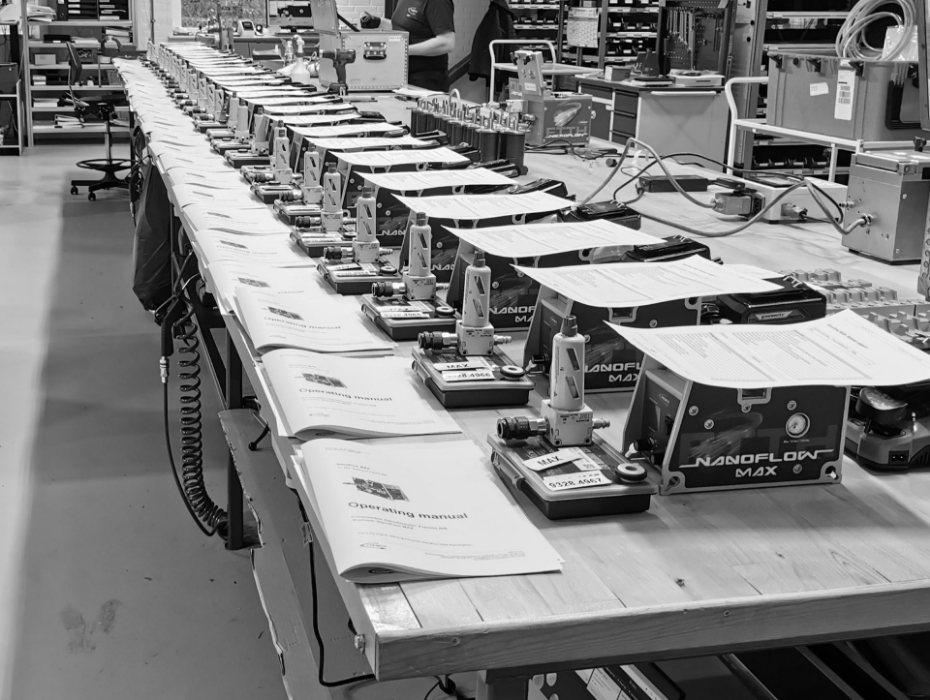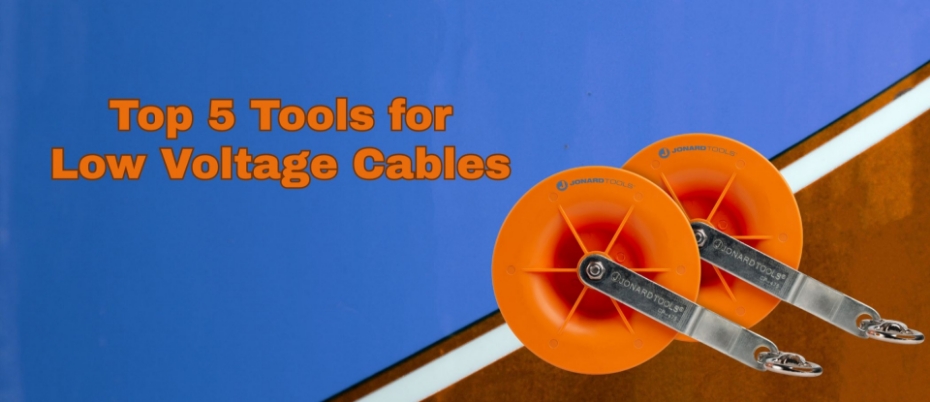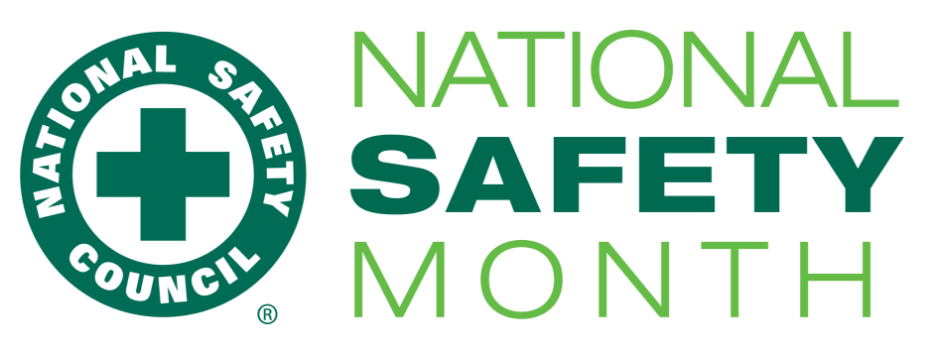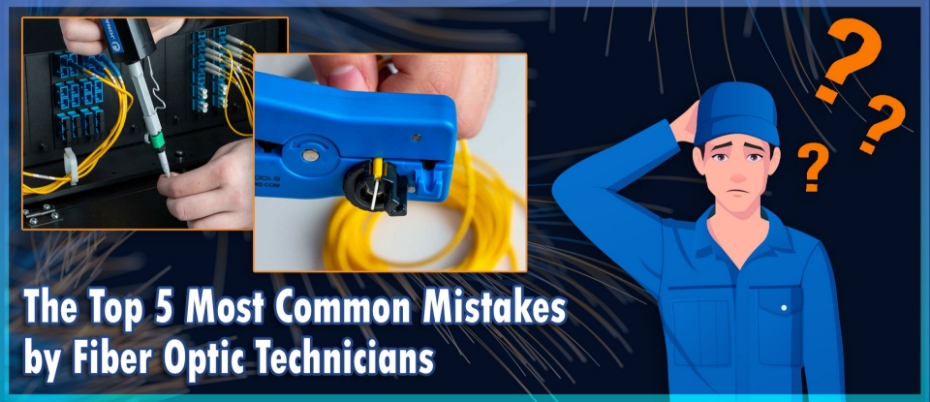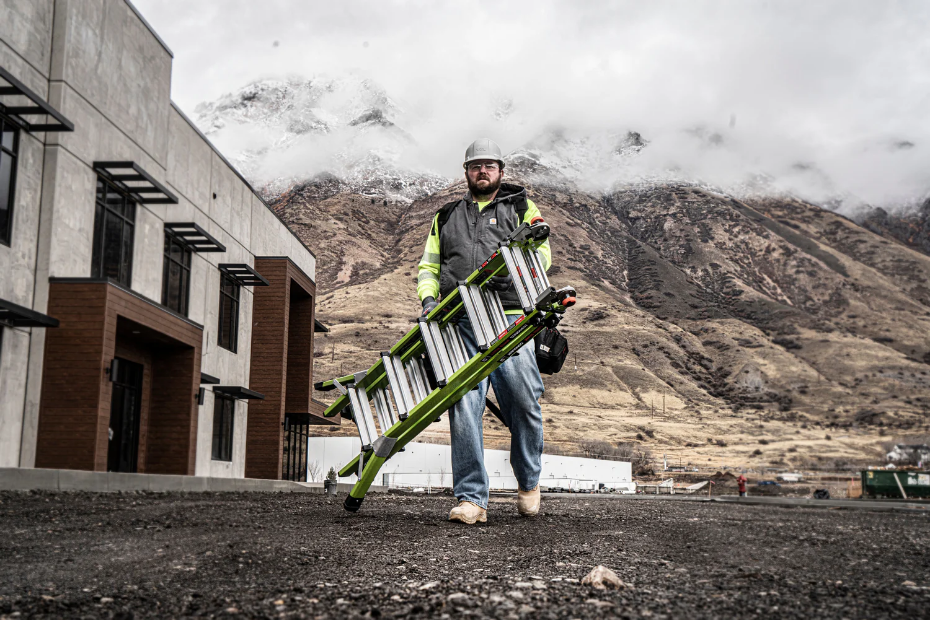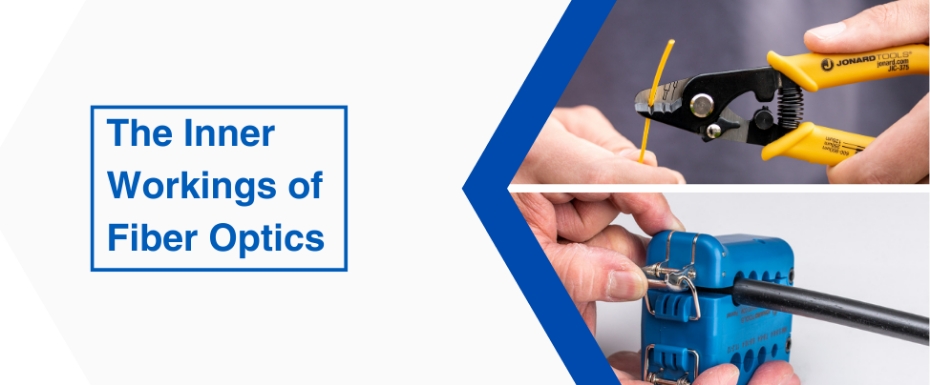When installing or maintaining cables in conduits, efficiency and reliability matter. One of the most essential tools for the job is the duct rodder. Often referred to as a fish tape on steroids, duct rodders are designed to make cable pulling and conduit navigation faster, easier, and safer.
At Canada Cable Tools, we stock duct rodders in a variety of sizes to suit different applications—from small indoor conduit runs to long underground ducts for fiber optics. In this guide, we’ll explain what duct rodders are, the benefits of using them, and how to choose the right size for your project.
Fiber blowing is today’s preferred method for installing fiber optic cables. Compared to pulling, it reduces strain on the cable, speeds up deployment, and ensures long-lasting performance. Fremco, a global leader in fiber blowing technology, offers a wide range of machines designed for every type of project.
To simplify your choice, we’ve grouped 8 of Fremco’s best machines by project type. Whether you’re installing FTTH drops, enterprise backbones, or preparing ducts, there’s a Fremco solution to match your needs.
Low-voltage cable installations—think data, security, and AV—can quickly become tangled, time-consuming, and error-prone. According to Jonard Tools, success depends on preparation, precision, and using the right gear. Below are the top five tools every pro should have to boost efficiency, protect cable integrity, and elevate professionalism.
June is National Safety Month—a perfect opportunity to emphasize the importance of workplace safety. For professionals across various industries, from construction and electrical work to general maintenance and installations, using the right safety equipment is critical for preventing injuries, ensuring compliance, and promoting a safe working environment.
At CCT, we believe safety isn’t optional—it’s essential. Here’s our guide to must-have safety gear, available to keep you and your teams protected.
Even seasoned technicians sometimes trip up on avoidable errors that reduce signal quality, shorten cable lifespan, or introduce unplanned downtime. Based on insights from Jonard Tools, here are the five most common mistakes—and how you can fix them right at the start of a job, using the right tools and procedures.
In the demanding world of construction and maintenance, equipment durability isn't just a preference—it's a necessity. Ladders, in particular, face constant exposure to elements that can compromise their integrity over time. Rust not only deteriorates the ladder's structure but also poses significant safety risks. Enter Little Giant Ladders: engineered with rust-proof materials and designs that stand the test of time and elements.
Fiber optic technology has revolutionized communication networks by offering high-speed data transmission and unmatched reliability. Professionals working with fiber optics must thoroughly understand cable structure and internal mechanisms to perform accurate installations, effective maintenance, and rapid troubleshooting.
In this comprehensive guide, we'll examine each internal component of fiber optic cables, explaining their functions, importance, and how understanding these details can significantly improve your efficiency and results in the field.
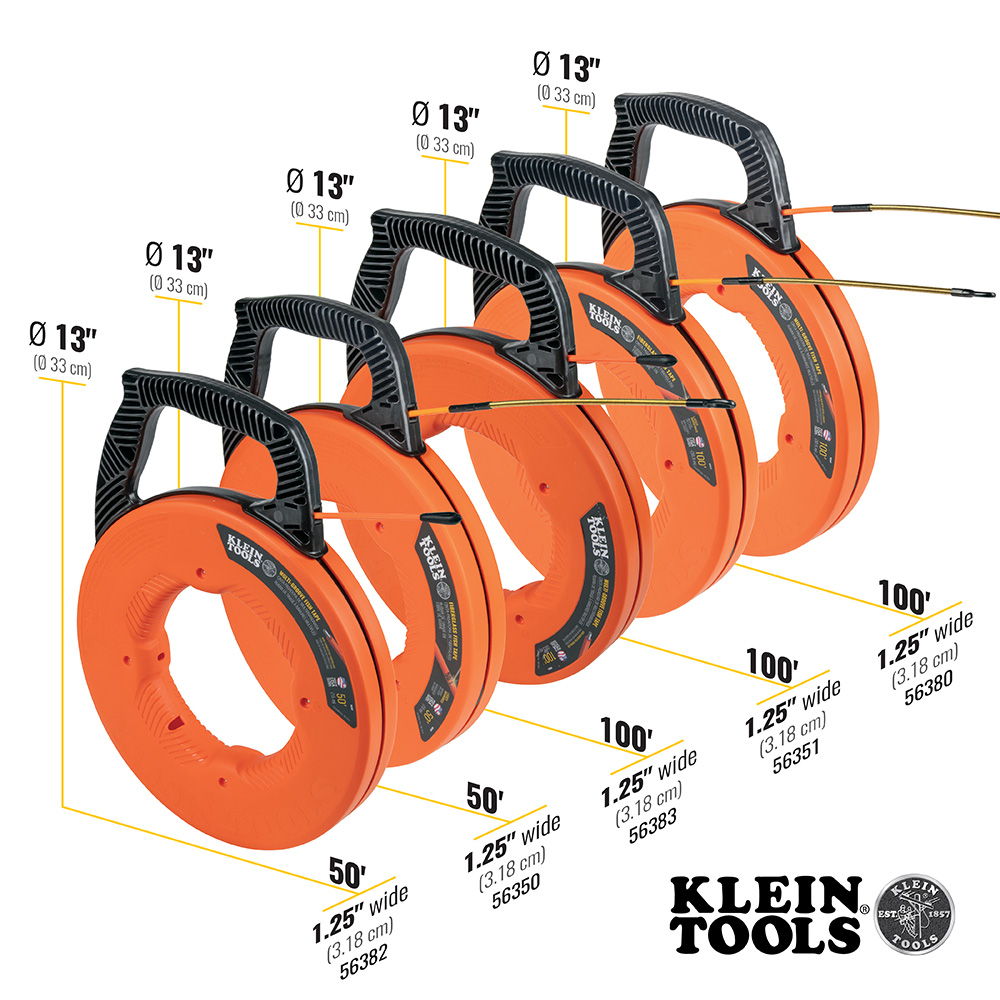
Fish tapes are some of the most common tools in the electrical trade, being used to run wire and cable through out-of-reach areas on work sites. Klein Tools has always had a wide range of fish tape options, and continues to expand its variety, including the most recent addition, the glow fish tape. While the fish tapes do the bulk of the work in running the wire and cable, having the right accessories for the job can make a big difference. These products can help make fishing wire more efficient and ultimately make the job you’re doing even easier. Today we’re looking at some of the top fish tape accessories offered by Klein Tools, and how they can help you out with your wire and cable pulling jobs.
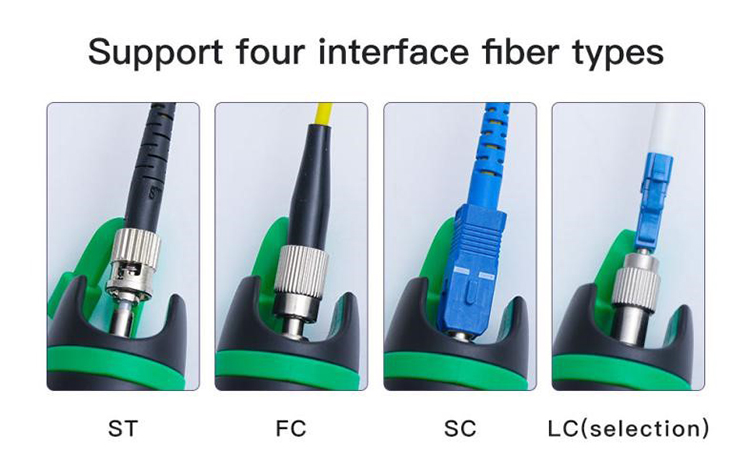
In the optical fiber network wiring, in order to adapt to the environment and various requirements, usually needs wire, welding. Fiber is fragile and prone to failure, Therefore, optical fiber detection tool has become a common tool in integrated network routing.
As one of the commonly used optical fiber detection tools for troubleshooting network faults, optical fiber visual fault locator can quickly detect optical fiber connectivity and fault points. So do you really know about visual fault locator? What other uses it has besides detecting fault points? How does it

Tempo has been producing cable locators that operate using "electromagnetic induction" for many years, and you may already know of these products. Our 501 is a great general-purpose locator; its smaller brother, 508S, is an almost-pocket-sized version, ideal for tracing indoor cables in walls or shallow buried cables. BLL-200 is a more advanced locator that can even measure the depth of the cable, when conditions are good, and detect "RF noise" on the cable that you may not even know is there (e.g. power hum or induced currents from nearby conductors). Please see Tempo's locators here for more information.

